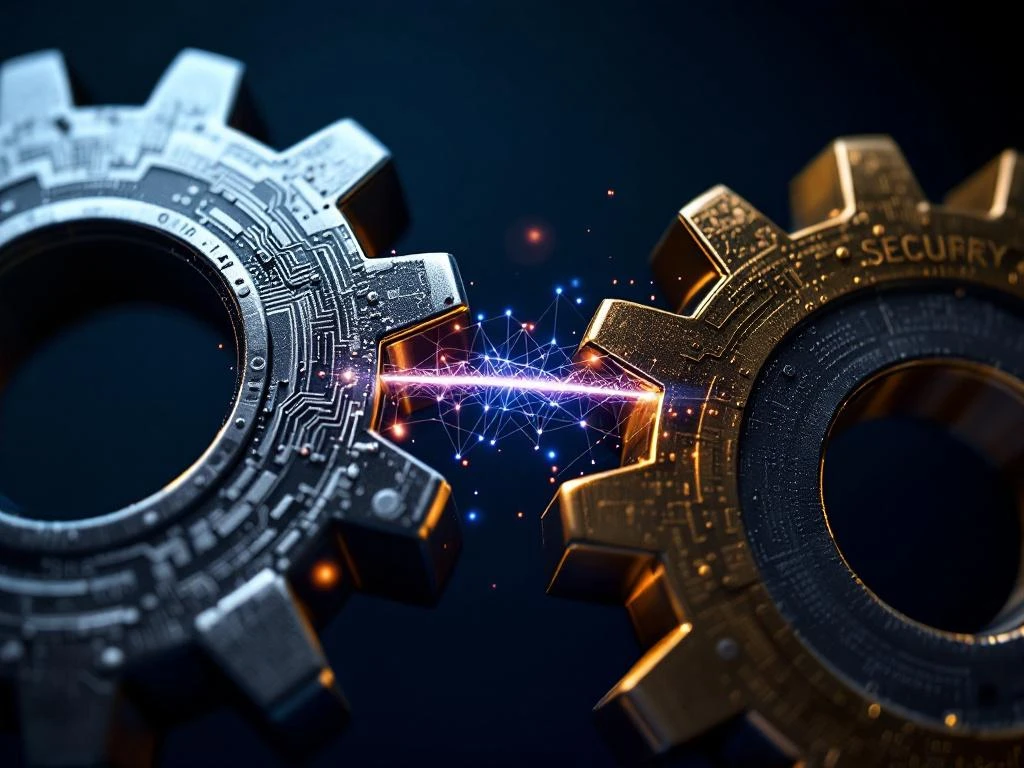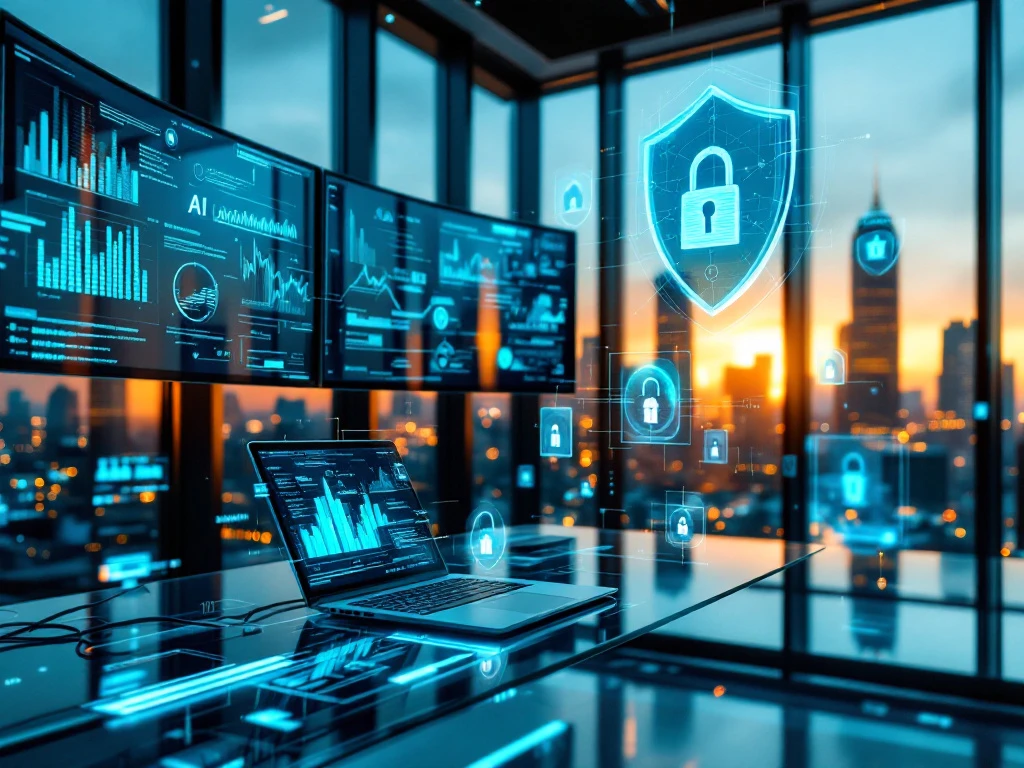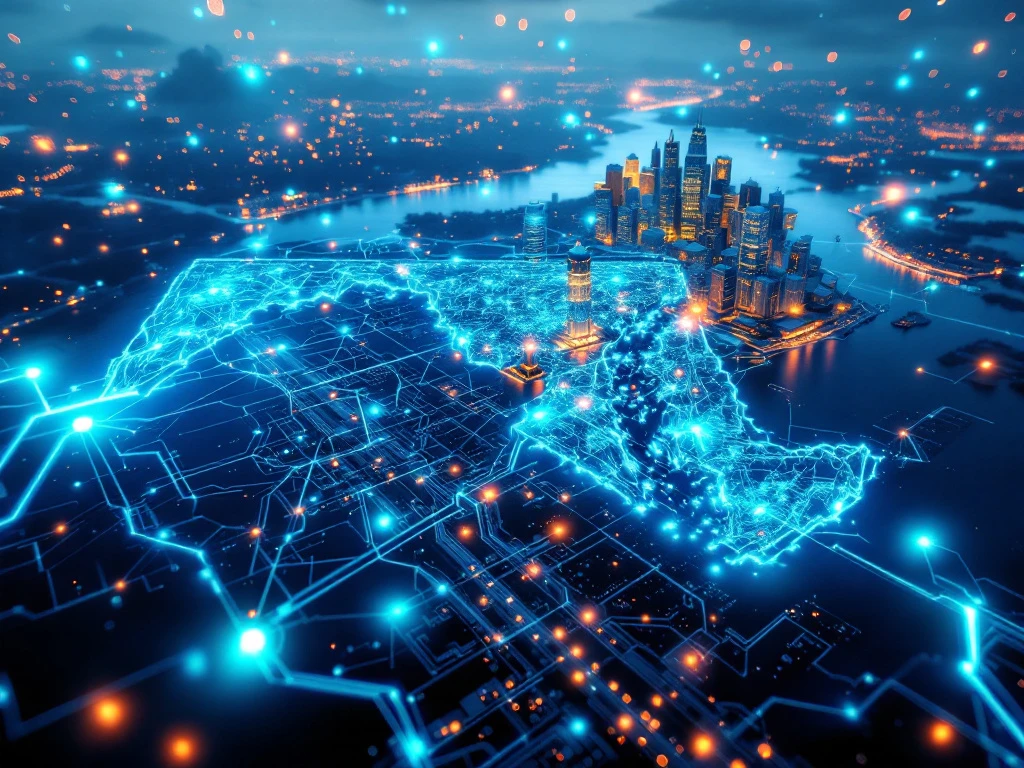

-
UK: +44 203 8876 770
US: 315 508 6500 - cybersecurity@thisisiceberg.com
-
8 Devonshire Square, London, EC2M 4YJ

Artificial intelligence has fundamentally changed how cybercriminals operate, creating sophisticated attack vectors that traditional security measures weren’t designed to handle. From deepfake social engineering to machine learning-powered reconnaissance tools, AI-powered threats require security professionals with entirely new skill sets.
This shift means your current hiring criteria might leave you vulnerable. The security professionals who excelled at stopping conventional attacks may struggle against AI-enhanced threats that adapt in real-time. Understanding what skills to prioritise when building your security team has become more important than ever.
We’ll explore how AI transforms the threat landscape, why traditional security expertise falls short, and exactly what technical and soft skills your team needs to defend against these evolving dangers. You’ll also learn practical strategies for identifying AI-ready candidates and developing these capabilities within your existing team.
Cybercriminals now use artificial intelligence to automate and enhance attacks in ways that bypass traditional security controls. These AI-powered threats operate at machine speed and adapt their tactics based on defender responses.
| AI Threat Type | How It Works | Impact on Traditional Security |
|---|---|---|
| Deepfake Attacks | AI creates convincing audio/video content impersonating executives or trusted contacts | Makes social engineering dramatically more effective |
| AI-Generated Malware | Machine learning creates polymorphic malware that continuously changes code structure | Renders signature-based detection nearly impossible |
| Automated Phishing | AI analyses social media data to craft personalised phishing emails | Creates messages almost indistinguishable from legitimate communications |
| ML-Powered Reconnaissance | Systems automatically identify vulnerabilities and map network architectures | Accomplishes in hours what human attackers take weeks to achieve |
The speed and scale of these AI-enhanced attacks overwhelm traditional security approaches. Where human attackers might take weeks to research targets and craft attacks, AI systems accomplish the same tasks in hours or minutes.
Conventional cybersecurity expertise focuses on rule-based detection systems and static security controls. These approaches assume predictable attack patterns that security teams can identify and block using predetermined signatures and behaviours.
AI threats break this model completely through several key limitations:
Without understanding how machine learning algorithms make decisions and their potential weaknesses, security professionals cannot effectively analyse AI-powered attacks or implement appropriate countermeasures.
AI threat detection demands specific technical competencies that combine traditional security knowledge with machine learning expertise. Your security professionals need these skills to effectively defend against AI-powered attacks.
| Skill Area | Key Components | Security Application |
|---|---|---|
| AI/ML Model Analysis | Neural networks, decision trees, training processes | Recognise AI system usage and predict attack evolution |
| Adversarial ML Expertise | Adversarial examples, model poisoning, evasion attacks | Anticipate attacks on AI security tools |
| Behavioural Analytics | Statistical analysis, pattern recognition, anomaly detection | Identify subtle deviations from normal behaviour |
| Advanced Threat Hunting | AI-powered SIEM, automated intelligence platforms | Process vast data amounts and interpret AI tool outputs |
| Data Science Fundamentals | Statistics, data visualisation, analytical techniques | Analyse complex data patterns and develop defensive strategies |
Reading about defending against AI-powered threats? Many hiring managers tell us they're struggling to find security professionals with the right mix of traditional expertise and AI skills. What's your biggest challenge right now?
Technical expertise alone isn’t sufficient for defending against AI-powered threats. Security professionals need specific soft skills to work effectively in this rapidly evolving environment.
Identifying candidates with the right combination of traditional security knowledge and AI competencies requires a strategic approach to evaluation. Focus on specific experience markers and competencies that indicate AI security readiness.
| Evaluation Area | What to Look For | Evidence Sources |
|---|---|---|
| ML Project Experience | Work on machine learning projects, even outside security | Academic projects, personal interests, data analysis roles |
| Statistical Analysis Understanding | Comfort with statistical concepts and pattern recognition | Threat hunting activities, forensics investigations, research projects |
| Adaptability Indicators | Successful adaptation to new tools, processes, or threat types | Transitions between security domains, independent learning examples |
| Collaboration Experience | Cross-functional team work with technical specialists | Successful projects requiring coordination between technical teams |
Developing AI security capabilities within your existing team often proves more practical than hiring entirely new staff. Strategic training and development can help your current security professionals acquire the skills needed to defend against AI-powered threats.
Building effective defences against AI-powered threats requires security teams with both traditional expertise and new AI-focused capabilities. The technical skills needed include machine learning analysis, adversarial AI understanding, and proficiency with AI-powered security tools. Equally important are soft skills like adaptability, cross-functional collaboration, and critical thinking abilities.
When hiring new security professionals, look for candidates who demonstrate analytical thinking, collaboration experience, and the ability to adapt quickly to new technologies. For existing teams, invest in structured training programmes that combine foundational AI education with hands-on experience using AI security tools.
The threat landscape will continue evolving as AI becomes more sophisticated. Building these capabilities now positions your organisation to defend effectively against both current and future AI-powered attacks. At Iceberg, we understand the complexity of finding security professionals with these specialised skills. Our expertise in evaluating technical professionals helps organisations identify candidates who can meet these evolving security challenges while fitting their specific culture and requirements.
If you are interested in learning more, reach out to our team of experts today.













